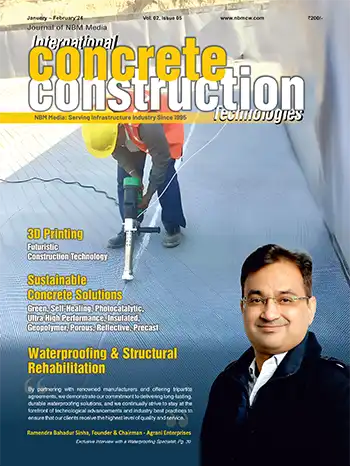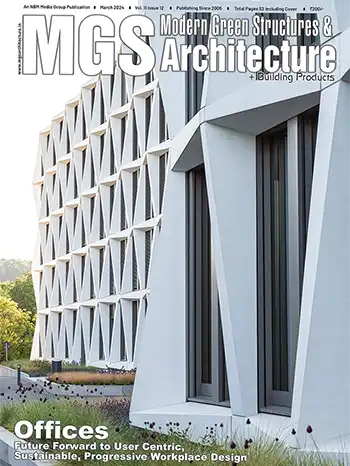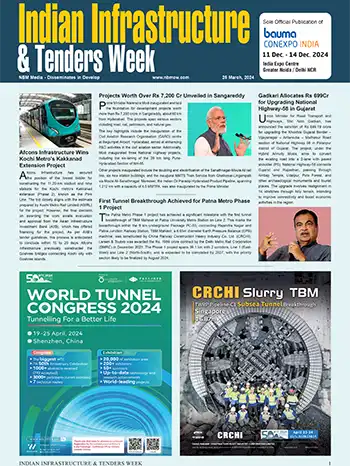KNR Constructions Making Progress Despite Challenges
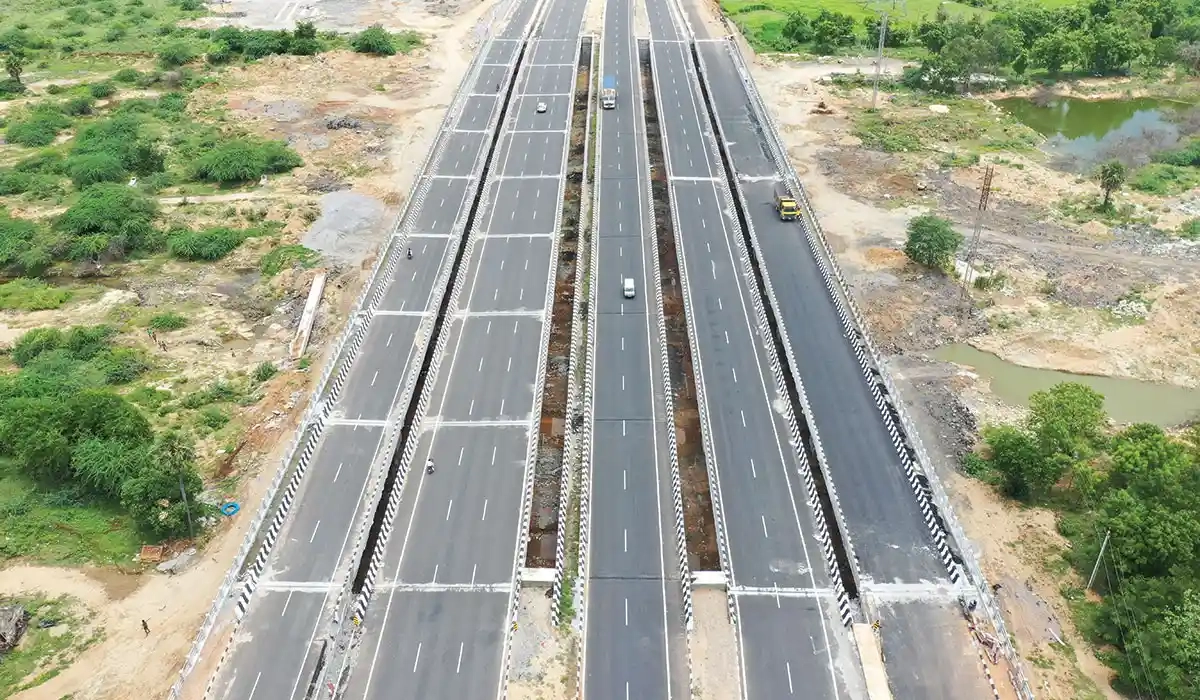
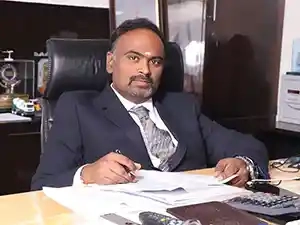
What opportunities do you see emerging in 2022 and in the years ahead in infra construction projects?
India is expected to become the third-largest construction market by 2025. The country will require investments worth Rs 50 trillion (US $777.73 billion) across infrastructure by 2022 and 2023 for sustainable development across all regions.
A host of investments has been planned by the government in the transportation infrastructure and other sectors such as water, power, urban and industrial infrastructure. There is a huge opportunity in the highway network development as only 24% of the NH network is 4-lane.
The economy is currently going through a difficult patch due to the impact of the pandemic and the Ukraine war. However, the forward-looking development plans by the government and the progressive vision of the industry stakeholders can, together, lead the country to more growth in the coming years.
How has KNR managed to complete many challenging projects ahead of schedule?
Once the project is awarded to us, we study and analyse it thoroughly. A project team with a qualified and experienced project manager is set up. A concrete project plan with critical milestones and a procurement plan for Men, Material, Machinery, and Funds is prepared. The client is informed on the construction plan on a periodical basis and monitoring of all works, including testing at regular intervals is assigned once construction begins. All these measures and timelines ensure successful project deliveries.
What is your preferred model for infrastructure development: BOT (build-operate-transfer), HAM, EPC, any other?
KNRCL’s preference is the Hybrid Annuity Model (HAM), which was implemented and designed to revive investments in road infrastructure projects in India. In the first half of FY22, about 51% of the 1900 km road projects have been awarded under HAM by NHAI. The advantage of HAM is that it gives enough liquidity to the developer and the financial risk is shared by the government. While the private partner continues to bear the construction and maintenance risks as in the case of BOT (toll) model, in HAM he is required to only partly bear the financial risk.
The road and highway Minister wants to speed up road construction to 60 km/day. Do you think that we have enough resources, the expertise, the technologies, and the workforce to make this possible?
Yes, the Minister has set an ambitious target of 60 km per day of highway construction to ensure speedy recovery of the economy in the aftermath of the Covid -19 pandemic and recession. During 2021-22, the country achieved a road building pace of 38km of highways per day; these achievements were unprecedented and have no parallel in any other country in the world. A major portion of the highways are to be built under the PPP model (either HAM, BOT/Toll, and Annuity) and balance portion under the EPC model. At present, 55% of the highway projects are using the HAM model, EPC is 30%, and rest is the BOT model.
To build 60 km per day would be a Herculean task. If we analyse the present inflationary trend with the input cost of steel, bitumen has shot up by 40% and cement by 20%. The developer is not fully compensated due to the price rise. Sourcing of equity for the PPP project continues to be difficult for most of the developers who could not monetise the assets. Even this is not the right time for the developers who are planning through Invit to mobilise funds.
Further, the new tendering norms of adjusted equity for the outstanding completion of projects shall have a telling effect on the medium-sized bidders. With the ever increasing bank rates, the developers may not be in a position to sustain their bottom-line.
Our road developers have the technology, the expertise, and the machinery to achieve the target, provided the Ministry of Roads/NHAI take the following proactive measures:
- Buy back completed HAM / BOT assets after the COD at an agreed ROE of which assets NHAI can monetise under Invit.
- NHAI/ Ministry of Road to discuss with GoI to reintroduce under 80 I clause under IT for the benefit of the developers.
- Simplification of GST for HAM projects.
KNR construction through their asset light policy has monetised 1 BOT and 3 HAM projects and has entered into an in-principle agreement to monetize 4 more under-construction road HAM projects. This enables the company to churn their capital in a timely manner and deploy the funds in new HAM projects. Added to this, the timely completion of projects and to bid projects only at expected profit levels has strengthened the bottom-line and liquidity position of the company. Hence, there is no proposal to raise any capital from the market.
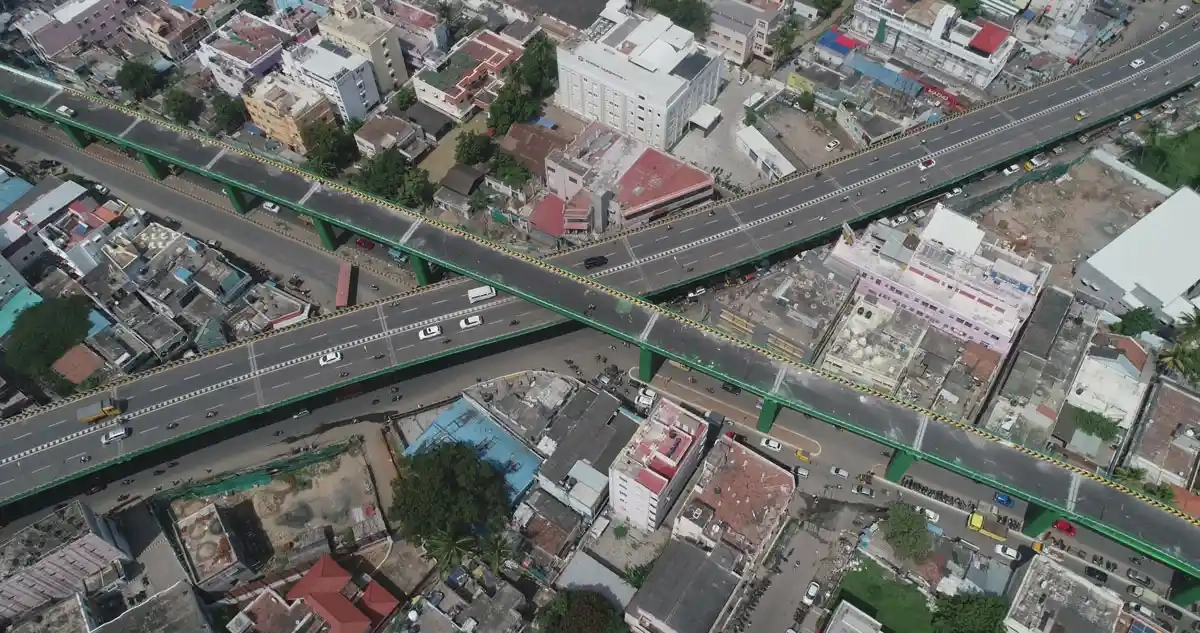
What are the major issues affecting contractors of road projects?
The present inflationary trend is jacking up the rate of Cement, Steel and Bitumen by 25%, 50%, and 40%, respectively, over the past one year. This escalation is not fully covered and is affecting the viability of projects. GoI has to come up with an escalation compensation package for the infra sector as the price rise is sudden due to Russia-Ukraine war and other reasons. Availability of 80% land is a major issue for which NHAI is taking the necessary steps.
What scope do you see for technologies like Artificial intelligence (AI), machine control, and IoT, especially in major infra projects?
The “new automation” of the next few decades—with much more advanced robotics and artificial intelligence (AI)—will widen the range of tasks and jobs that machines can perform. They have the potential to cause more worker displacement and inequality than older generations of automation.
The Make in India concept can induce or compel the construction industry to automate workflows and processes using technologies to stay ahead of competition. Digitalization will bring in significant efficiency gains by connecting men, machine and materials.
Globally, construction industries are witnessing breakthroughs in the form of new AI-based developments such as automated vehicles for digging and loading materials, drone-assisted surveillance, robot-assisted bricklaying of roughly 3,000 bricks per day and a robot to paint walls about 30 times faster than a human, at a speed of about 60 square feet per minute and can work at heights from 8ft to 14ft.
Greater emphasis is being given to implementation of construction technologies for various operations, for workers’ safety, and there is clearly a wider scope for the implementation of these technologies in the construction process, right from the initial design stage to on-site construction works to building maintenance functions. Moreover, this can help minimise labour dependence while ensuring increased productivity and quality.
Much attention is also given for implementing AI for workflow management, digitalization construction workflow processes, and usage of sensors throughout the construction process, as they provide a platform for the management of data. Drone technology is being deployed for surveys, monitoring, and job site analysis. Efforts are also on to implement robots for onsite tasks like cutting and bar bending. The possibility of using it for dismantling concrete slabs, walls and other interior structures can also be explored.
To ensure workers’ safety, wearable sensors to alert safety supervisor, safety vest sensors, helmets, work boots are being used. The latest in-built technology with camera, phone, and red lights is also being explored to enhance safety at site. Virtual reality (VR) is already in vogue at sites wherein workers get exposure to environments and training imparted to them on everything from operating cranes and excavators to doing welding and masonry work. Through Augmented reality (AR) technology company workers are trained at sites to improve safety on the construction site.
As a part of automation, Mobile technology is used extensively for real-time data collection and transmission between the jobsite and project managers in the back office. Also, toll data is monitored from the headquarters in real time. Cloud-based solutions are being used to enable on-site employees to submit timecards, expense reports, requests for information (RFIs), work records, and other verified documentation. We are also evaluating the introduction of robotics in the 3D printing technology to effectively print an entire prefabricated flyover segment structure and later assemble them into a completed flyover.
By implementing automation processes, the decision-making processes can be streamlined, and communication gaps can be easily eliminated. This can help in improved workflow, lower costs, better resource management, faster turnaround times, and eliminate wastage.
The Indian “brick and mortar” construction industry is entering the digital age and has a vast potential for digitalization. Companies have to focus on implementing digitalization, innovative technologies, and new construction techniques in order to improve productivity and efficiency.
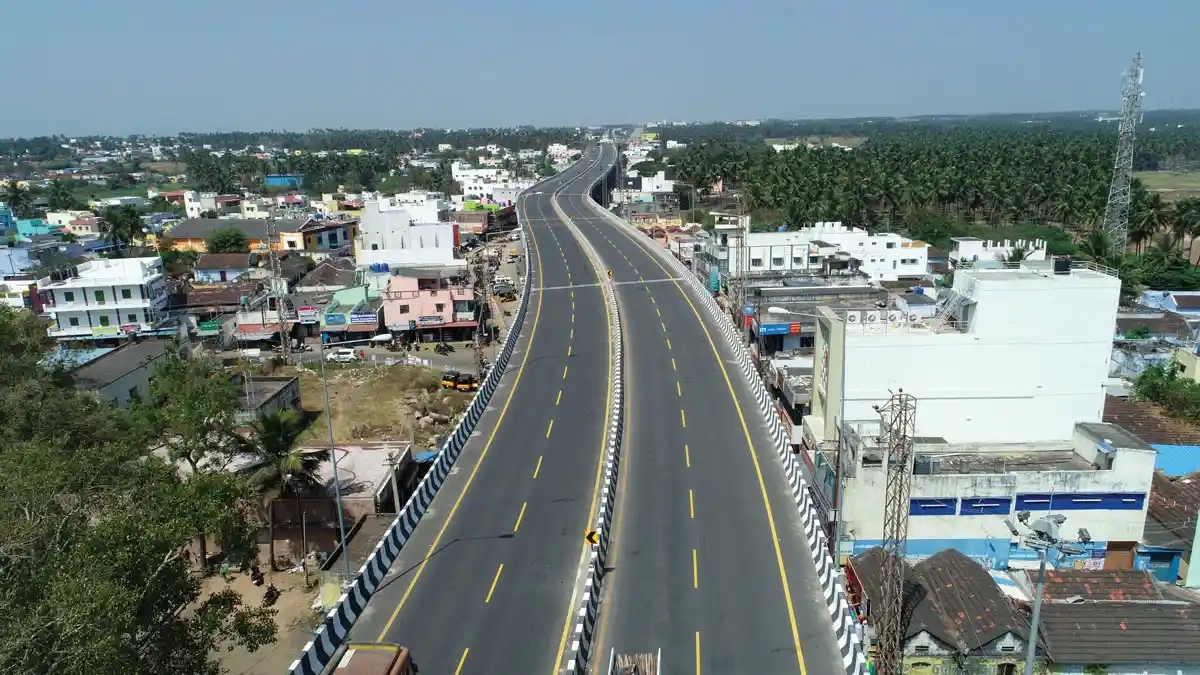
What is your order book for FY 2021-22 and what opportunities do you see emerging in FY 22-23?
As on March 31st, 2022, the company has an outstanding order book position of Rs.9766 crores. EPC road projects and HAM projects constitute 75% of the total order book, while irrigation projects constitute the remaining 25%. The present order book gives 2.5 to 3 years turnover visibility. The company is also exploring projects in railways, metros, river linking, and mining and plans to add new orders to the tune of Rs 4000 cr during 2022-23.
NBM&CW July 2022















